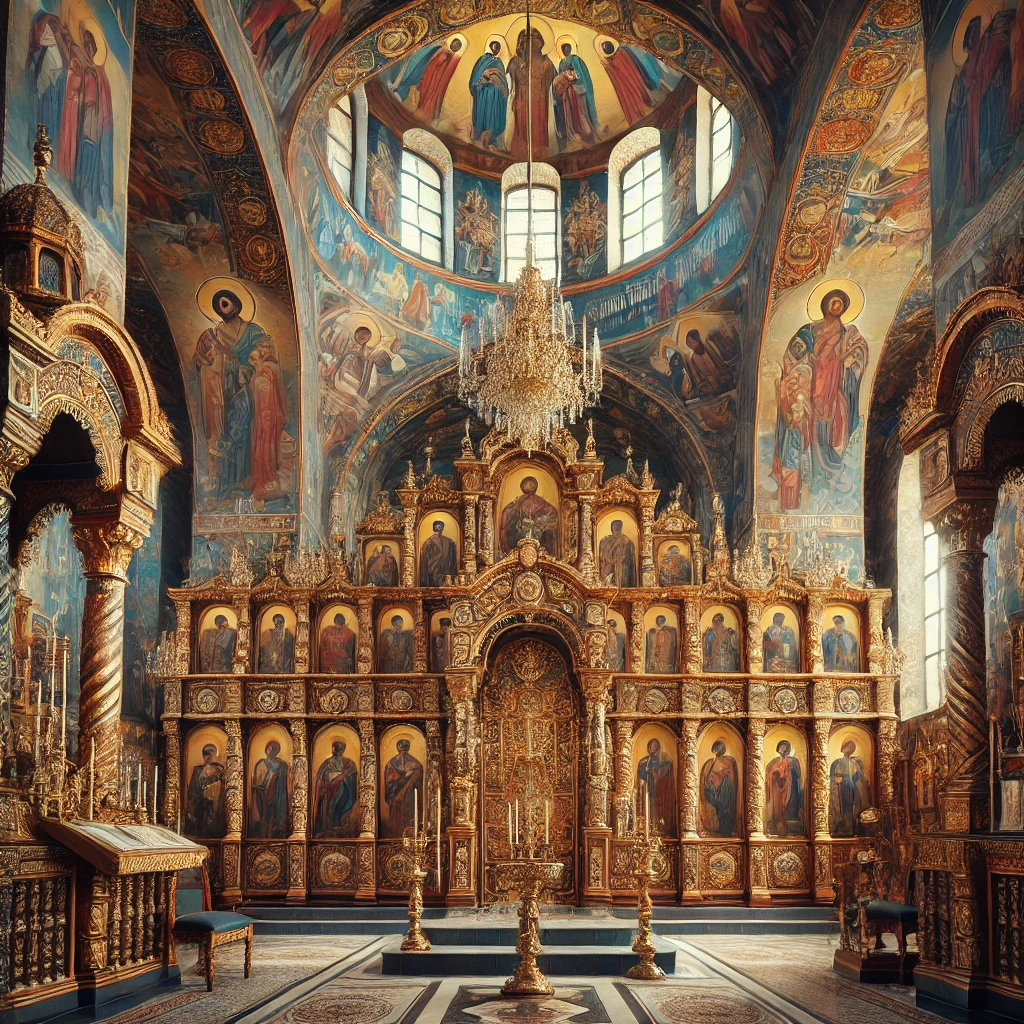Christianity is one of the largest and most diverse religions in the world, with followers from all walks of life. Over the centuries, Christianity has developed into several distinct branches, each with unique practices, beliefs, and traditions. In this post, we’ll explore the major sectors of Christianity, their history, and what makes them unique.
What Are the Sectors of Christianity?
Christianity is broadly divided into three main branches: Catholicism, Protestantism, and Eastern Orthodoxy. Each of these branches includes numerous denominations and traditions. Additionally, smaller Christian groups, such as Anglicanism, Pentecostalism, and Evangelicalism, have emerged with distinctive features.
1. Catholicism: The Oldest Christian Tradition
Overview:
Catholicism is the largest branch of Christianity, with over a billion followers worldwide. It traces its roots back to the early Church established by Jesus and His apostles. The Pope, based in Vatican City, is recognized as the spiritual leader and successor of Saint Peter.
Distinctive Beliefs and Practices:
- Emphasis on the sacraments, particularly the Eucharist (Holy Communion).
- Veneration of Mary and the saints.
- Authority of the Church and its traditions alongside Scripture.

Key Fact:
Catholicism played a central role in shaping Christianity for over a thousand years before the Protestant Reformation.
2. Eastern Orthodoxy: Ancient and Mystical
Overview:
Eastern Orthodoxy developed in the eastern part of the Roman Empire and emphasizes continuity with the early Church. It is prevalent in countries like Greece, Russia, and Serbia. Orthodox Christians follow the leadership of regional patriarchs, with no single global leader.
Distinctive Beliefs and Practices:
- Focus on liturgy, icons, and mysticism.
- Theological emphasis on theosis (union with God).
- Celebration of traditional feasts and fasting periods.
Key Fact:
The Great Schism of 1054 divided the Eastern Orthodox Church and the Roman Catholic Church, marking a significant moment in Christian history.
3. Protestantism: The Reformation Movement

Overview:
Protestantism emerged during the Reformation in the 16th century, led by figures like Martin Luther and John Calvin. Protestants sought to reform the Catholic Church, focusing on the authority of Scripture and justification by faith.
Distinctive Beliefs and Practices:
- Rejection of papal authority and reliance on Scripture alone (sola scriptura).
- Emphasis on personal faith and relationship with God.
- Diverse denominations, including Lutherans, Baptists, Methodists, and Presbyterians.
Key Fact:
Protestantism is known for its diversity, with thousands of denominations worldwide.
4. Anglicanism: A Bridge Between Traditions
Overview:
Anglicanism originated in England during the Reformation. It is often described as a middle way between Catholicism and Protestantism. The Church of England is the largest Anglican body, with other Anglican churches worldwide forming the Anglican Communion.
Distinctive Beliefs and Practices:
- Retains many Catholic traditions while embracing Protestant theology.
- Emphasis on the Book of Common Prayer.
- Local leadership by bishops, without centralized papal authority.
Key Fact:
The Anglican Church has been influential in spreading Christianity globally, particularly in English-speaking countries.
5. Pentecostalism: Spirit-Led Worship
Overview:
Pentecostalism emerged in the early 20th century, emphasizing the work of the Holy Spirit and spiritual gifts, such as speaking in tongues, healing, and prophecy. It is one of the fastest-growing sectors of Christianity.
Distinctive Beliefs and Practices:
- Focus on the baptism of the Holy Spirit and personal experiences.
- Energetic worship services with contemporary music.
- Evangelism and missions as central priorities.
Key Fact:
Pentecostalism has inspired the broader Charismatic Movement, which influences many denominations.
6. Evangelicalism: A Passion for the Gospel
Overview:
Evangelicalism spans various denominations and focuses on the authority of Scripture, personal conversion, and spreading the gospel. It is particularly strong in the United States and growing rapidly in other parts of the world.
Distinctive Beliefs and Practices:
- Emphasis on being “born again” through faith in Christ.
- Dedication to Bible study and prayer.
- Strong commitment to evangelism and social justice.
Key Fact:
Evangelicalism has played a significant role in shaping modern Christianity, especially through its influence on global missions and media.
Unity Amid Diversity
While these sectors of Christianity have their differences, they all share a core commitment to Jesus Christ as Lord and Savior. Each tradition contributes to the richness of Christian faith and offers unique insights into living out the gospel.
FAQ: Understanding the Sectors of Christianity
1. What are the main sectors of Christianity?
The main sectors of Christianity are Catholicism, Protestantism, and Eastern Orthodoxy. These branches developed over centuries and include various denominations and traditions. Other sectors like Anglicanism, Pentecostalism, and Evangelicalism have unique characteristics but are often grouped under these primary branches.
2. How did the sectors of Christianity develop?
The sectors of Christianity developed due to theological, cultural, and historical differences. Key events include the Great Schism of 1054, which separated Eastern Orthodoxy and Catholicism, and the Protestant Reformation in the 16th century, which gave rise to Protestantism.
3. What is the difference between Catholicism and Protestantism?
Catholicism emphasizes the authority of the Church and traditions alongside Scripture, while Protestantism focuses on Scripture alone (sola scriptura). Catholics recognize the Pope as the spiritual leader, whereas Protestants reject papal authority and have diverse denominational structures.
4. What makes Eastern Orthodoxy unique?
Eastern Orthodoxy emphasizes continuity with early Christian traditions, mystical theology, and the role of liturgy. It’s known for its use of icons in worship and the concept of theosis—union with God through spiritual growth.
5. Are Anglicanism and Evangelicalism sectors of Christianity?
Anglicanism and Evangelicalism are often seen as subcategories within larger branches. Anglicanism is historically rooted in both Catholicism and Protestantism, while Evangelicalism spans various Protestant denominations, emphasizing Scripture, personal conversion, and evangelism.
6. What unites the sectors of Christianity?
Despite differences, all sectors of Christianity share a belief in Jesus Christ as Lord and Savior, the authority of the Bible, and core teachings like love, forgiveness, and salvation through faith.
Conclusion: Exploring the Body of Christ

Understanding the sectors of Christianity helps us appreciate the diversity and unity within the body of Christ. Each branch reflects different expressions of faith while pointing to the same truth—God’s love for humanity through Jesus Christ.
If you’re interested in learning more about these traditions or exploring your own faith, feel free to ask questions in the comments or join our newsletter for weekly insights into Christian living and spiritual growth.
